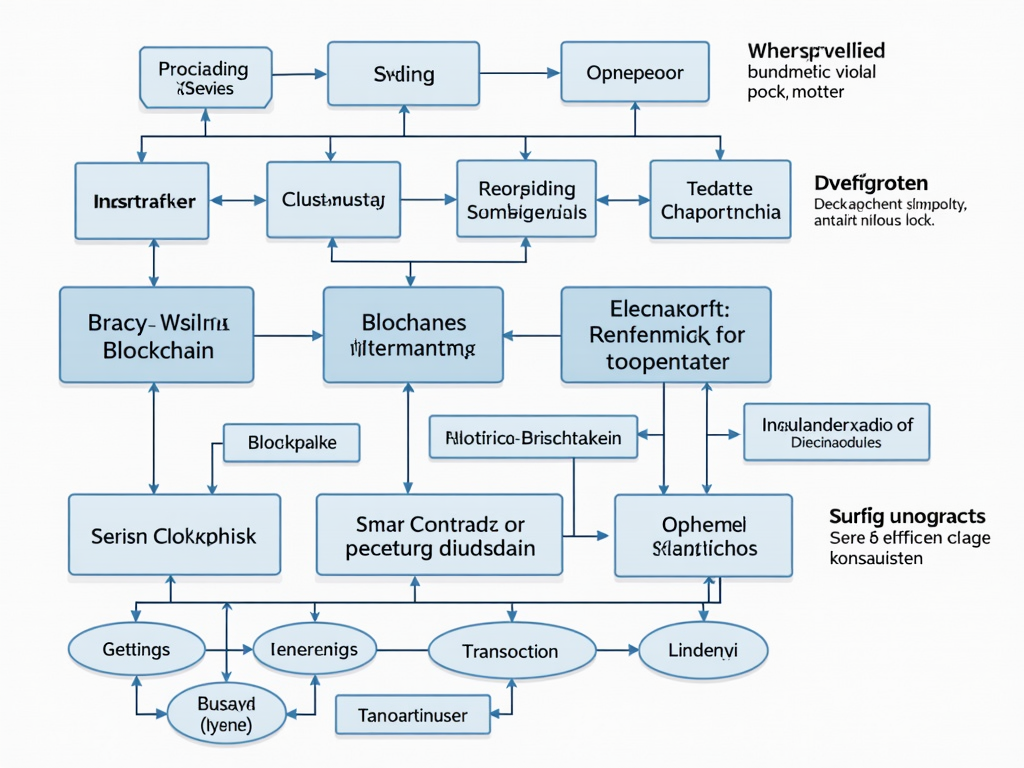DeFi, or Decentralized Finance, is like a breath of fresh air in the old financial system. It offers a financial landscape without central institutions like banks, made possible by blockchain technology. For investors and savers, DeFi opens up a world of opportunities, from peer-to-peer transactions to innovative financial products. In this article, we explore how DeFi works and its applications, as well as the opportunities and risks it presents for investors.
Decentralized Financial Applications: Revolutionary Innovations and How They Work

Decentralized Finance, or DeFi, revolutionizes the world of financial services by eliminating reliance on traditional intermediaries like banks. With the aid of blockchain technology, DeFi enables a new way of financial exchange through smart contracts, from lending to trading on decentralized platforms.
Smart contracts are at the heart of DeFi. These self-executing contracts act as trusted intermediaries that automatically process transactions based on predefined conditions. This eliminates the need for intermediaries, reducing not only costs but also minimizing the risk of targeted manipulations. Every transaction is secure and transparent thanks to the implementation of blockchain technology, especially through widely used platforms like Ethereum.
An essential aspect of decentralization is the removal of centralized control entities, which democratize access to financial services. Users can, for example, borrow on platforms like Aave or Compound, depositing crypto-assets as collateral, without any bureaucratic barriers from traditional banks. These peer-to-peer models also offer new earning opportunities, such as staking and yield farming. In this case, users “park” their cryptocurrencies in a network, securing transactions while also earning attractive returns on their capital.
An innovative area that should not be overlooked is that of decentralized exchanges, also known as DEX. These platforms provide the opportunity to trade cryptocurrencies directly, without the need for a central location. The reduction in transaction costs and increased flexibility are attracting more and more users.
To use and safeguard digital assets within the DeFi environment, specific wallets are required. In this case, software wallets, known for their ease of use, differ from hardware wallets, which are considered more secure. Regardless of the chosen type, users maintain full control over their private keys and transactions.
While DeFi offers an exciting alternative to traditional financial systems, potential users must recognize the associated challenges. Complexity and regulatory issues are just some of the barriers to overcome. However, this disruption has the potential to make the financial world more accessible, transparent, and secure, provided users embark on this DeFi journey prepared and informed.
DeFi: Unleashing Potential and Managing Risks – A Guide for Investors

Decentralized Finance, or DeFi, opens new horizons for investors. DeFi platforms use blockchain technology to create innovative financial products and democratize access to financial services. This development offers not only opportunities in the form of high returns and expanded access but also a range of risks that are important to understand.
The appeal of DeFi for investors particularly lies in the possibility of achieving high returns. Through lending and staking, users can activate their assets and often enjoy better returns than traditional financial products. However, these high returns come with significant risks due to the inherent volatility of the cryptocurrency market, which can experience rapid and unforeseen drops in value. Investors should thus always be well-prepared and conduct a thorough risk assessment before diving into this dynamic world.
Another fundamental advantage is the democratization of access to financial services. Anyone with Internet access can benefit from DeFi, which is particularly important for people in disadvantaged areas who have traditionally lacked access to banking services. However, this global accessibility can be tempered by regulatory uncertainties, as many DeFi platforms operate in a legal gray area and may therefore be subject to unpredictable laws.
Security aspects play a crucial role. While the blockchain technology itself offers a high degree of transparency and security, the smart contracts based on it are not infallible. Errors in the code or attacks on the platforms can lead to significant losses. There are also liquidity risks, as some applications face insufficient liquidity, complicating trading and exiting investments.
The challenges, such as scalability and interoperability issues, coupled with the often technically complex nature of the platforms, represent further barriers to overcome. A solid understanding of the technology and a diversified investment strategy can help mitigate risks and fully leverage the potentials of DeFi. The future of DeFi promises to revolutionize the traditional financial sector, but investors should not underestimate the challenges and should always act with caution.